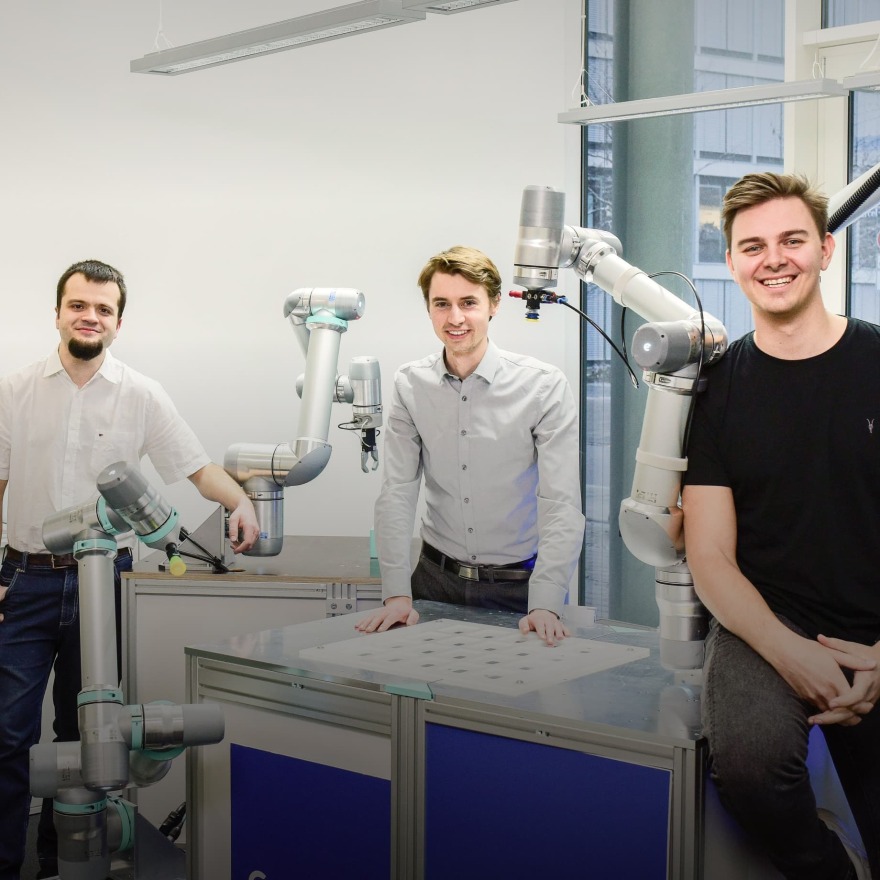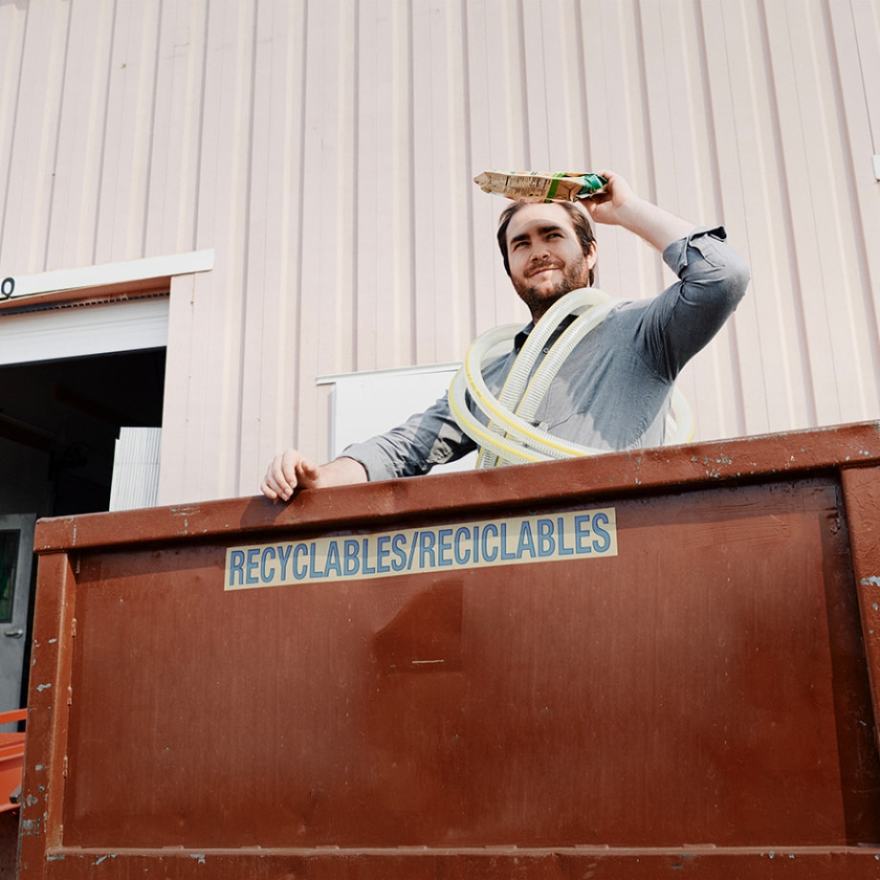Partnering with Factory: Autonomous AI for All
Matan and Eno are building fully-autonomous programming “Droids” to unlock creativity within and beyond engineering teams.
Like any VC partner, I get a lot of cold emails. But when Matan Grinberg’s note appeared in my inbox in March, it got my attention right away. Just from the subject line—”Chat with a fellow former hep-th physicist”—I knew we shared a background in the same tiny sub-field of high-energy physics theory. And as I read on and Googled a bit, I discovered that what he humbly described as having “worked with Juan” actually referred to co-authoring a paper with Juan Maldacena—a professor at the elite Institute for Advanced Study and arguably the world’s best-known living physicist—when Matan was still an undergrad.
I wrote back in less than an hour.
A few days later, Matan and I went for a walk. He’d been working at the intersection of physics and AI at Berkeley and pursuing a PhD, but was considering a transition from academia to a start-up—and though he hadn’t yet settled on a specific idea, it was clear that he wanted to build a company. It was also clear that he had a high EQ to match his exceptional background. I encouraged him to take the leap.
He started iterating, and within a week was working on the autonomous coding project that would become Factory—and working with a co-founder who, as it turned out, was in Sequoia’s orbit as well.
Eno Reyes, who grew up in Atlanta and first met Matan at Princeton, had recently accepted a job as an ML engineer at Hugging Face and moved to San Francisco’s Mission District—just a block from where his grandparents had settled down and set up a restaurant after immigrating from Puebla, Mexico. Shortly before he and Matan reunited at a hackathon and started building Factory, the Sequoia team met Eno at AI Ascent, a small gathering of the leading minds in AI that we held in March. Just a year out of college and a few months into his new role, he had already impressed enough to join CEO Clem Delangue at the event.
Matan and Eno’s idea was to build on the historic momentum in AI and unlock even more creativity in software development—and not just among engineers. In the face of a persistent tech talent shortage, with many Fortune 500 companies still running infrastructure built decades ago simply because they don’t have enough people to update it, these two co-founders understood that handing off time-consuming tasks like code review, documentation, testing, project management and debugging to fully autonomous “Droids,” or agents, would indeed be a game-changer for engineering teams. But they also understood that for every software developer, there are another 100 people who don’t have highly technical backgrounds—but do have great ideas that software could bring to life.
It is a next-generation vision for AI, and just a year ago, it would have been too ambitious. But Matan and Eno’s timing is perfect—and they are perfectly suited to the task, not only because of their deep domain expertise in ML, AI and physics, but also because they move at lightning speed. Once they’d landed on an idea, it took them a day to sign a term sheet, incorporate the company and start to build.
Six months later, Factory is delivering value to early customers that include two public companies and two decacorns. Meanwhile, Matan and Eno have more complex functionality on the roadmap, and they are growing an amazing team to build it. It has been a joy to welcome them to the Sequoia community, and we look forward to supporting them over the months and years to come as they work toward a world where programming capacity no longer limits our collective creativity.

